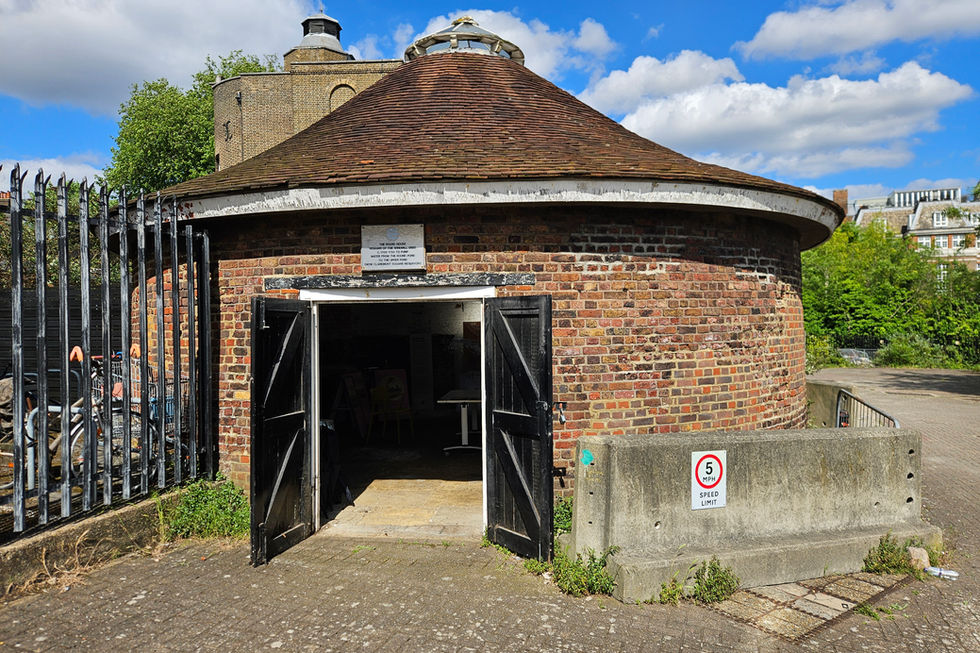
RECENT PROJECTS
ABOUT
DONATE
DONATE

The New River Head Windmill
Restoration of the Windmill house
28 Amwell Street, EC1R 1XU
Sir Hugh Myddelton (1560 – 1631) was a Welsh clothmaker, entrepreneur, mine-owner, goldsmith, banker and self-taught engineer. He was the driving force behind the construction of the New River, an ambitious engineering project to bring clean water into London. After the initial project, started by Edmund Colthurst in 1609, encountered financial difficulties, Myddelton helped fund the project through to completion, with the help of King James I. It was an extraordinary engineering feat for its time, involving the construction of channels, locks, and aqueducts, covering a distance of approximately 38 miles (61 km) and using gravity to transport the water, terminating at ‘Islington Hill’. Completed in 1613, it became a crucial source of clean water for the city.
The Islington Hill site was chosen for its semi-rural location on the outskirts of the north of the city and its rolling, hilly topography, which pressurised the water. The water flowed directly into the ‘Round Pond’, where it was directed through wooden elm pipes into buildings across the northern and western parts of the city. Between 1707-1708, in order to pump water from the Round Pound to the new Upper Pond, a windmill was constructed: a tapering round brick tower with oval windows, an ogee cap, and six rather than the more common four sails. The windmill proved inadequate to its task. It was initially reinforced with an integral horse gin, but by 1768 was superseded entirely by a steam engine. In the 1770s, the sails of the windmill were removed, and it was truncated to two storeys, castellated and converted into a store. The successor to the Windmill, the Engine House was adapted three times during its working life, powering the site until 1950. The site closed in 1957. Recently taken over to form the Quentin Blake Centre for Illustration, the site will explore its industrial heritage.
As part of the conversion of the whole New River Head site, there will be minor repairs to the floors, tiles and roof of the windmill house. The cement covering will be removed from the sandstone floor, the roof light will be repaired and the building will be repointed. Once conserved, the windmill base will become a project space for community illustrators, artist collectives and community groups for creative residencies in response to the heritage of the New River and New River Head, as well as smaller-scale talks.
The project is generously supported by Delancey and The Englefield Charitable Trust.





